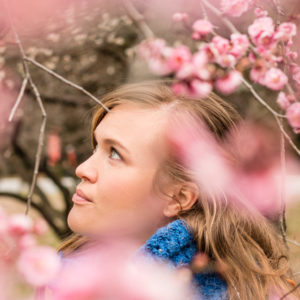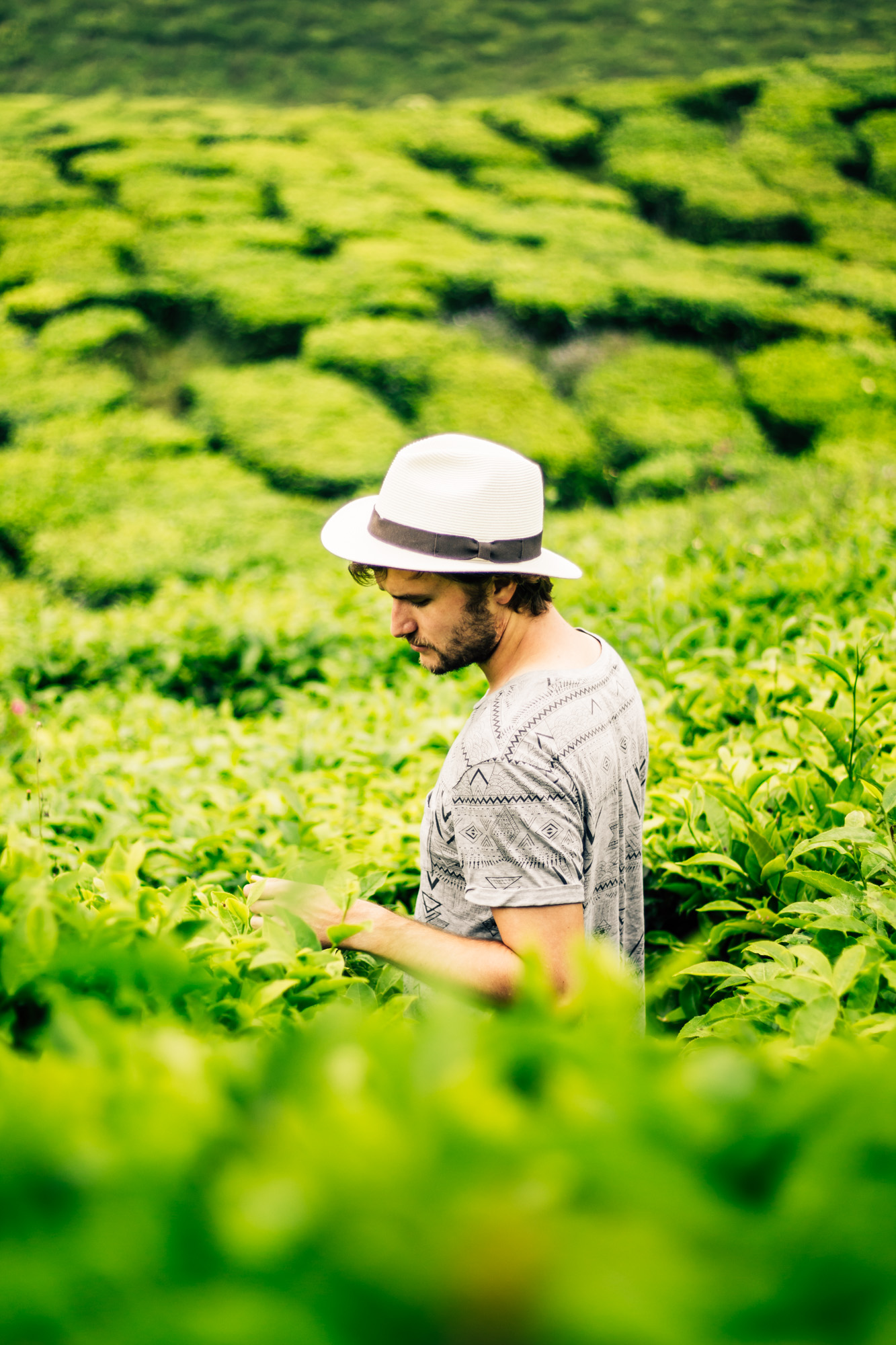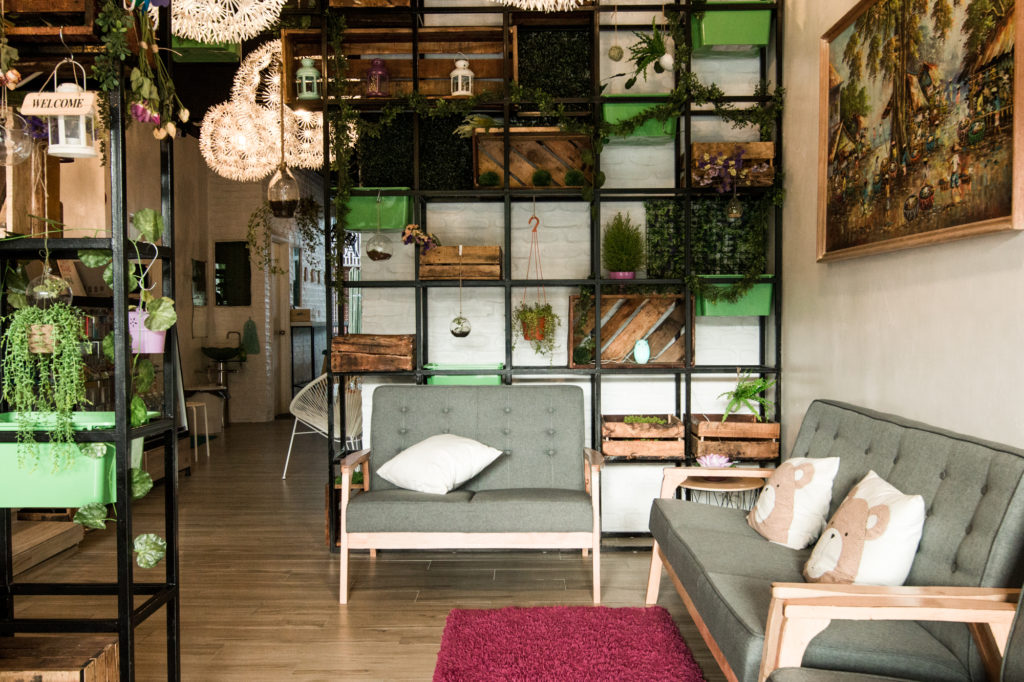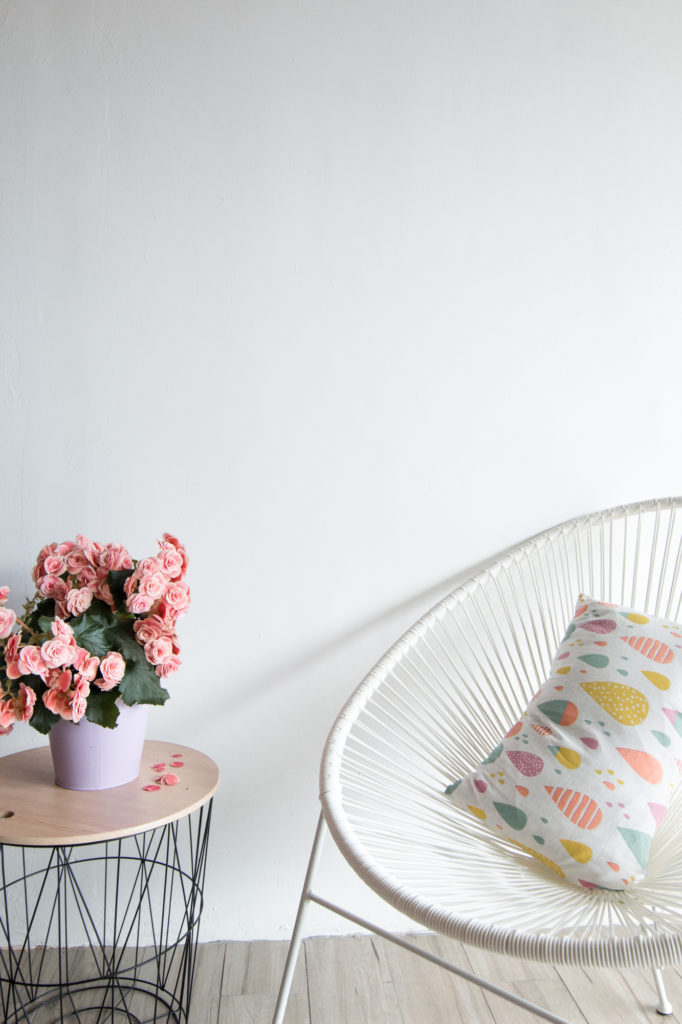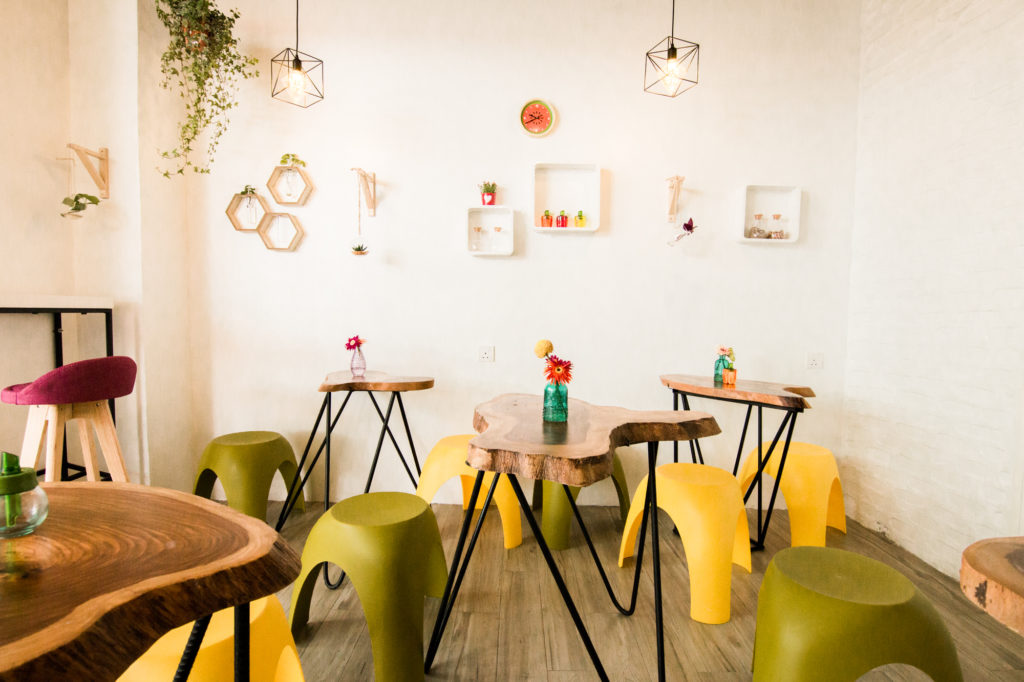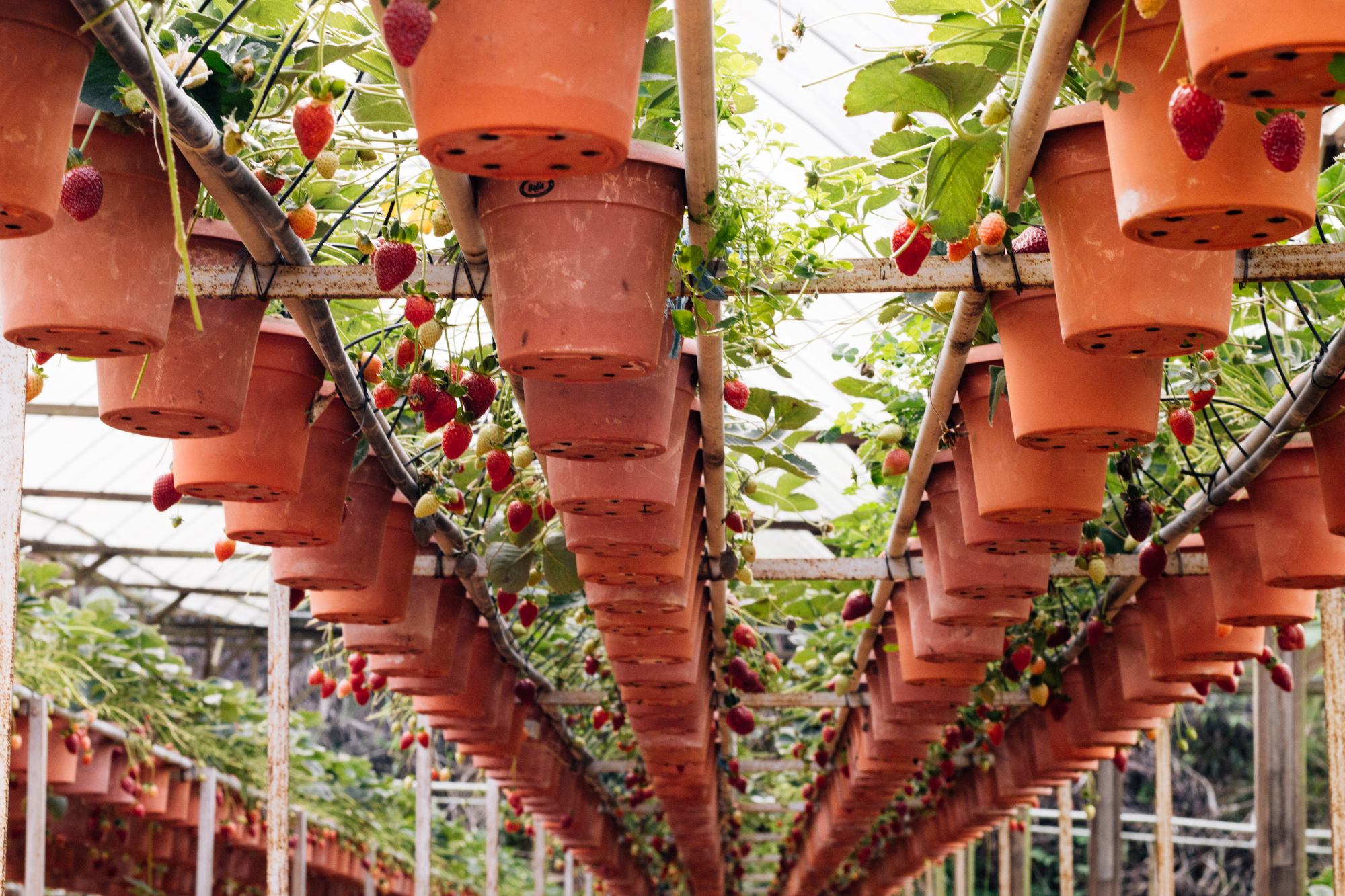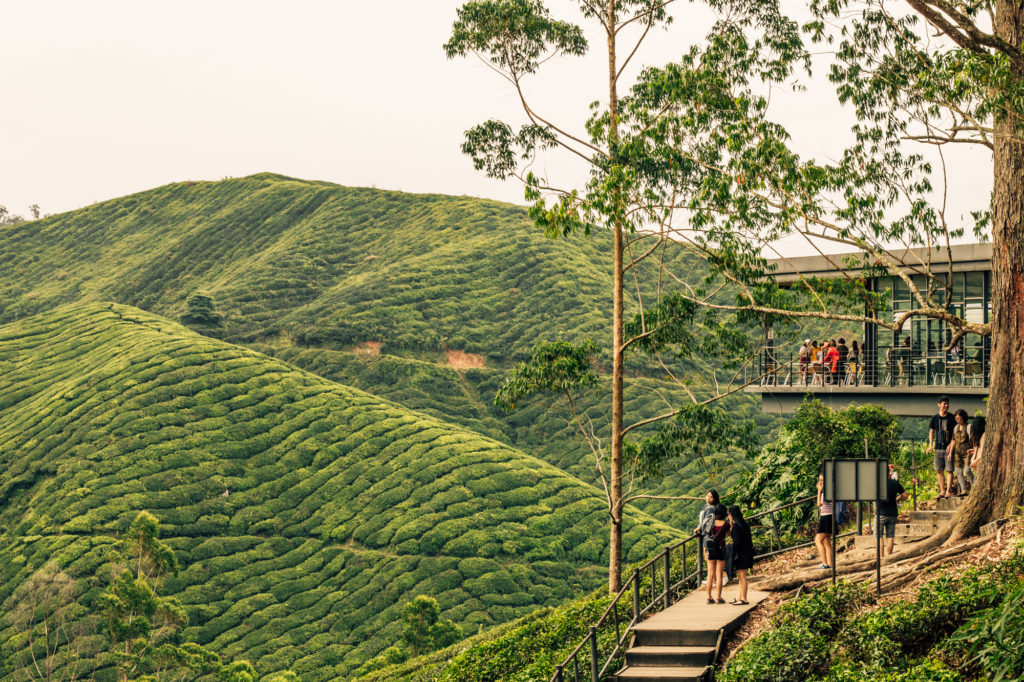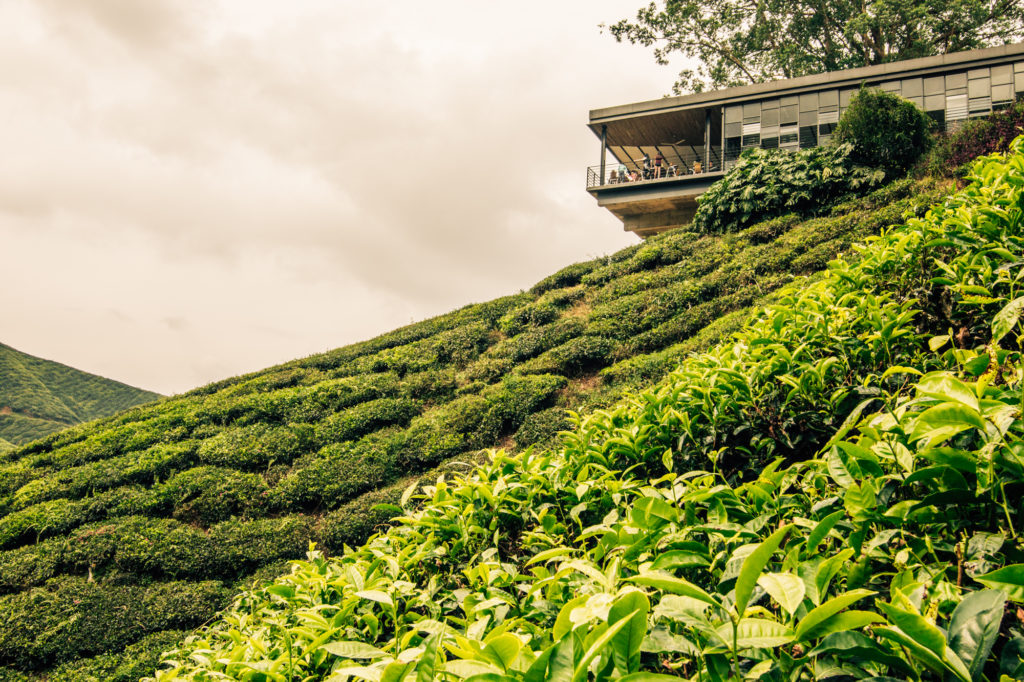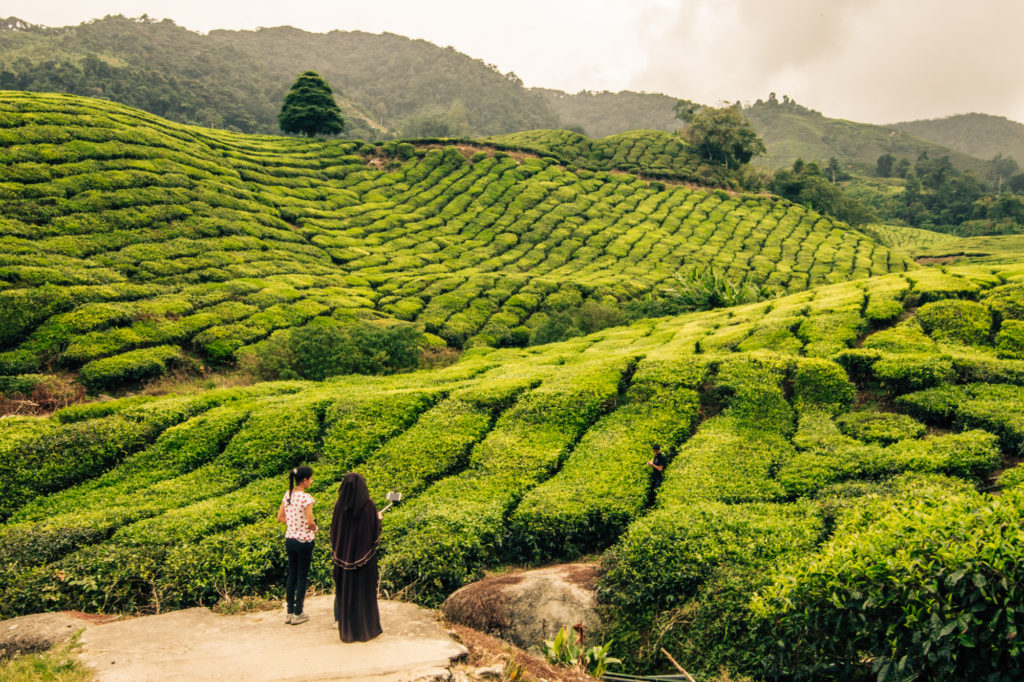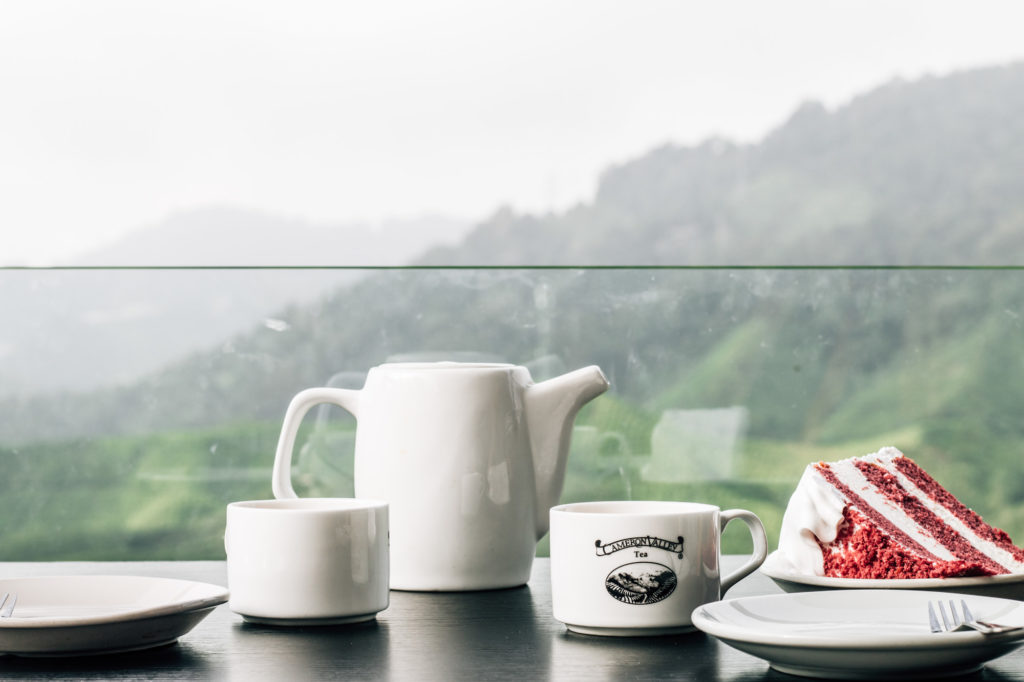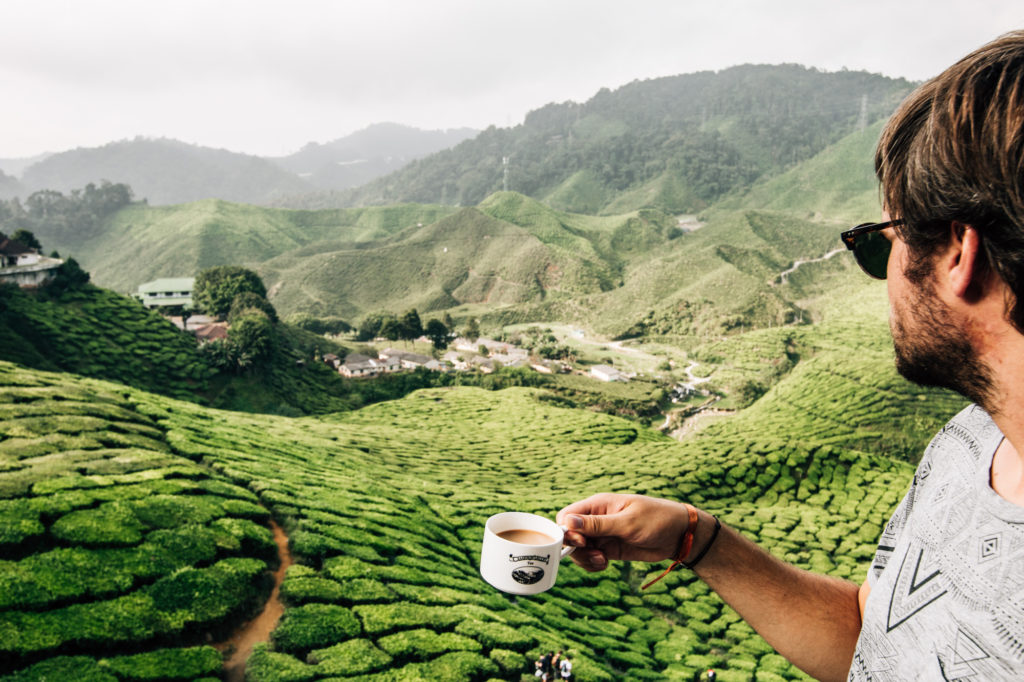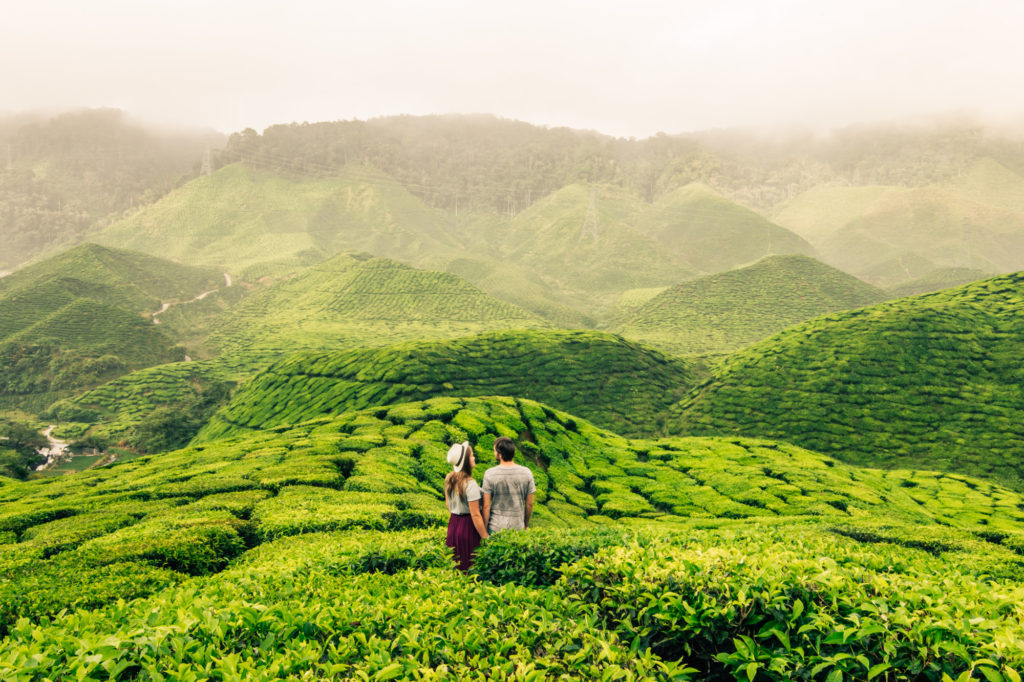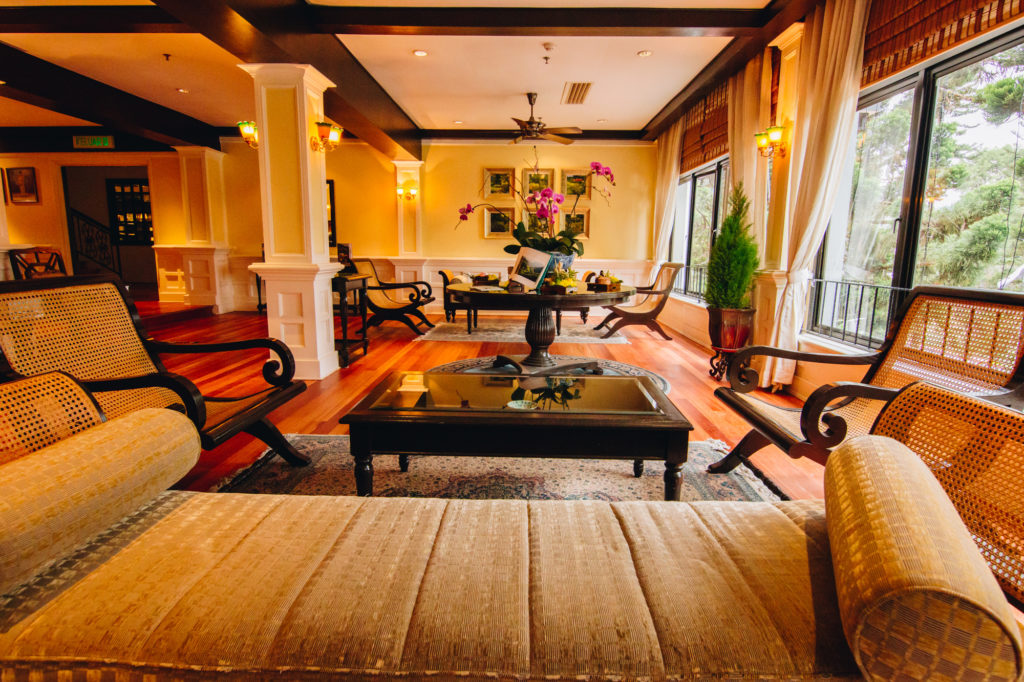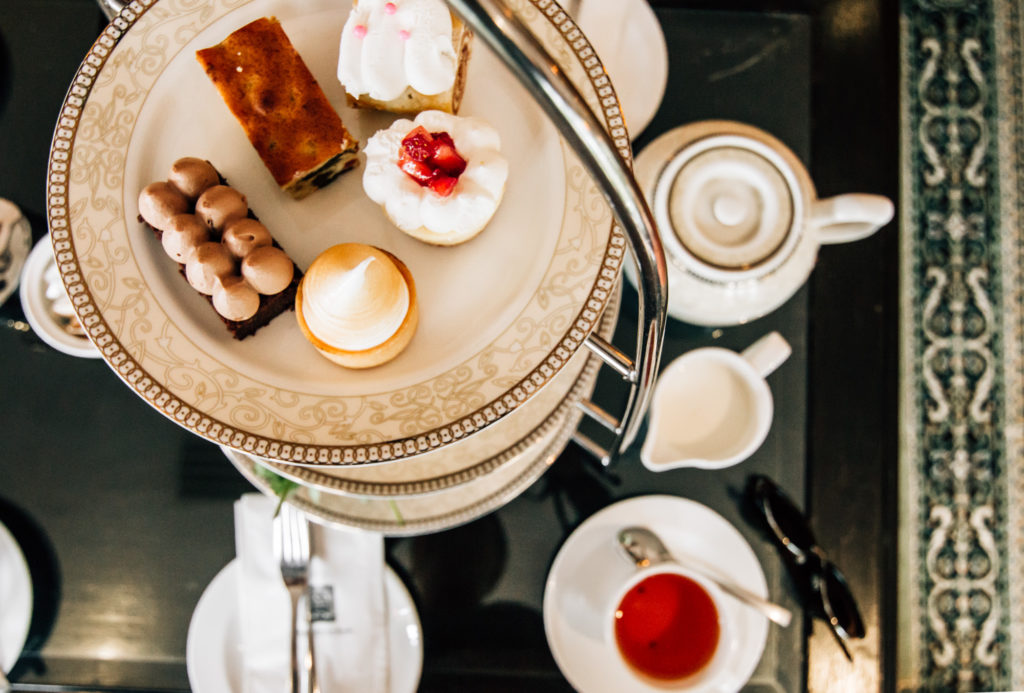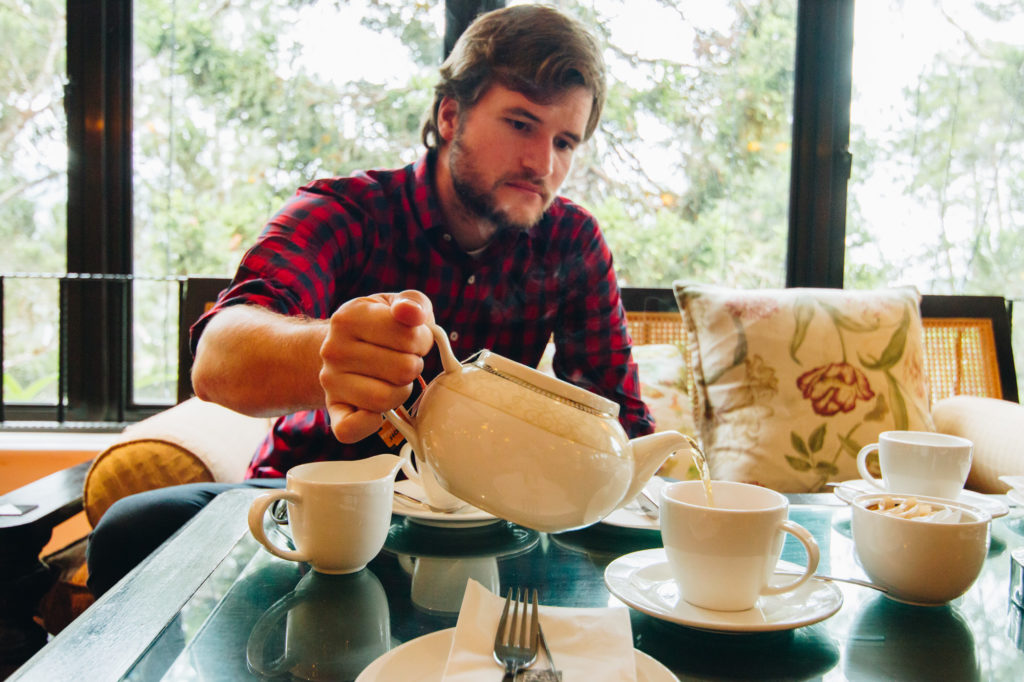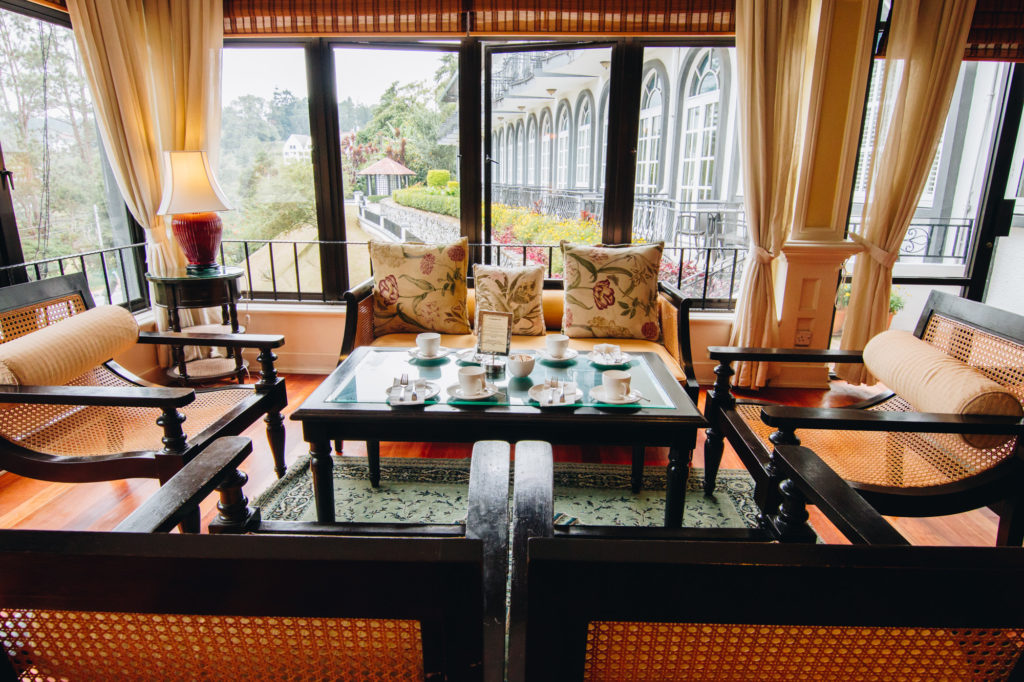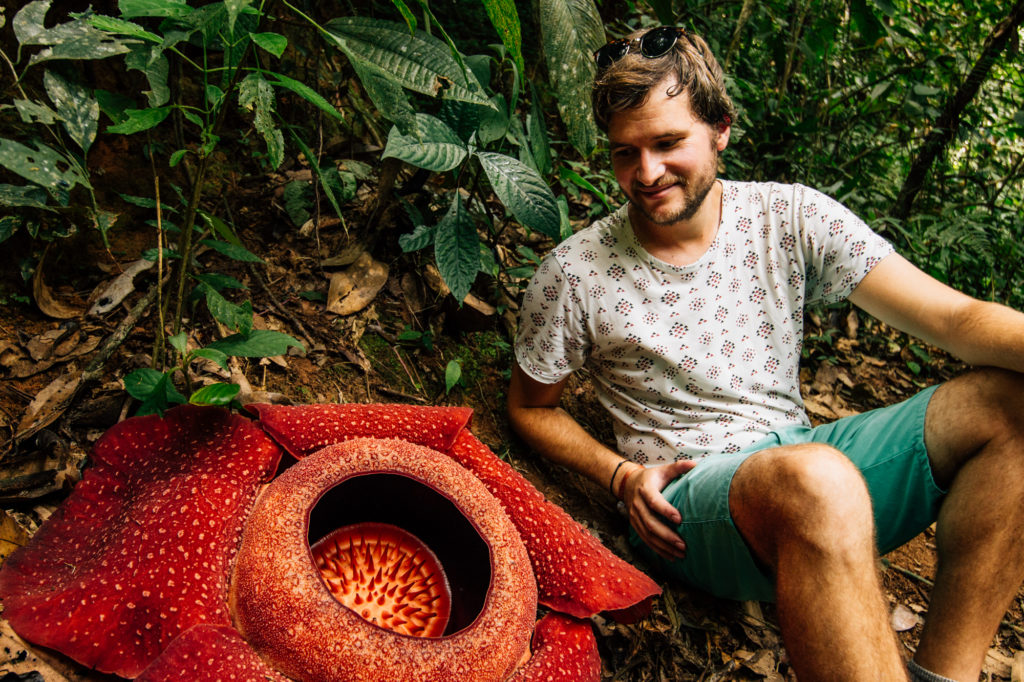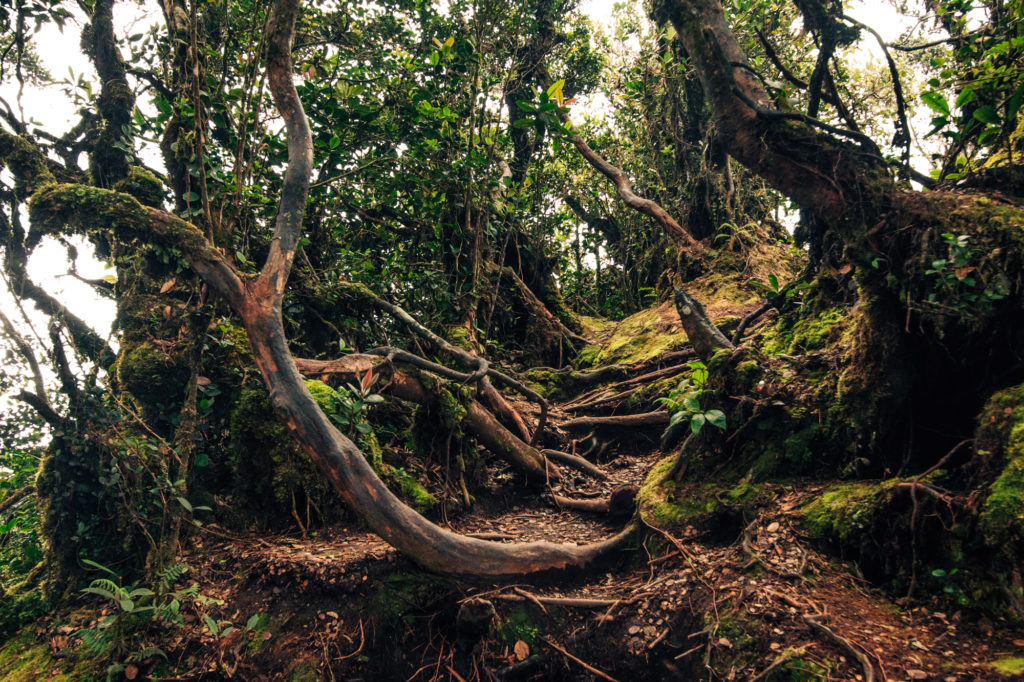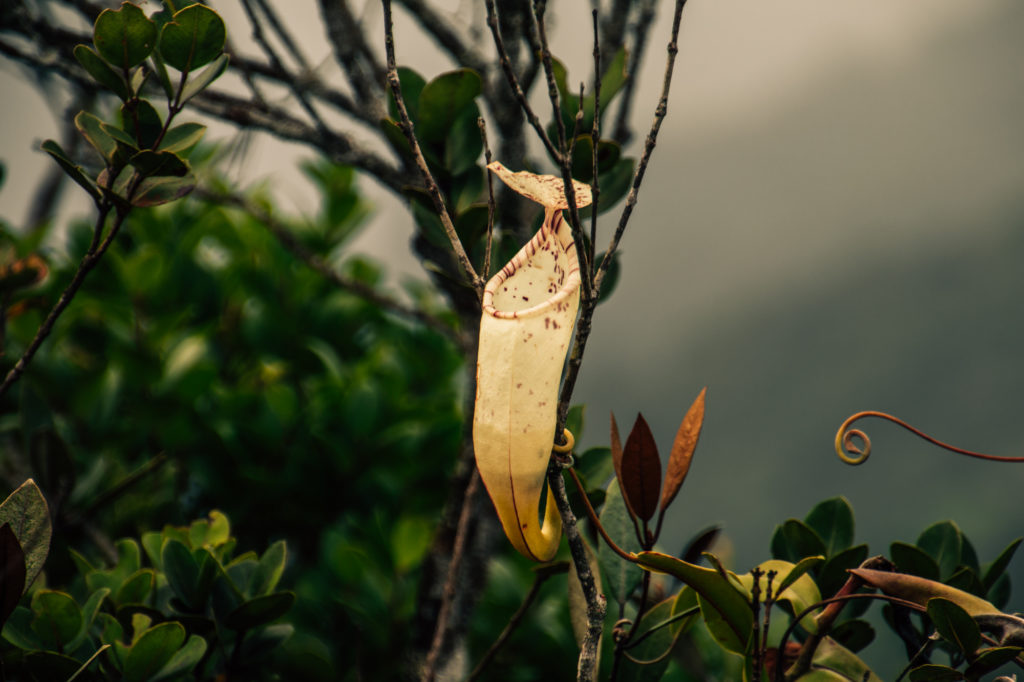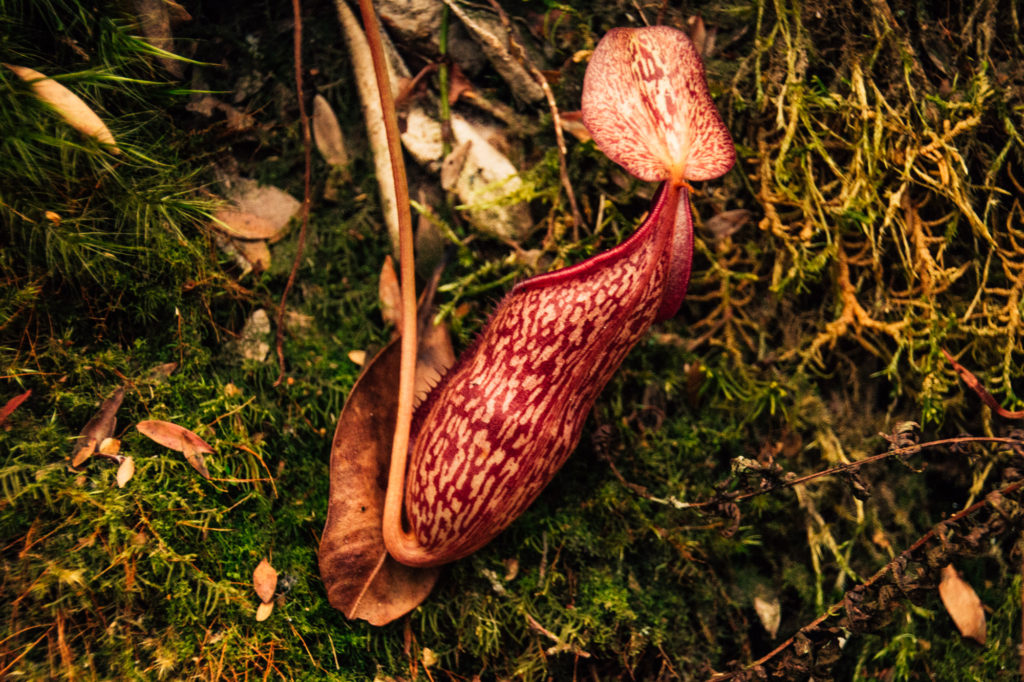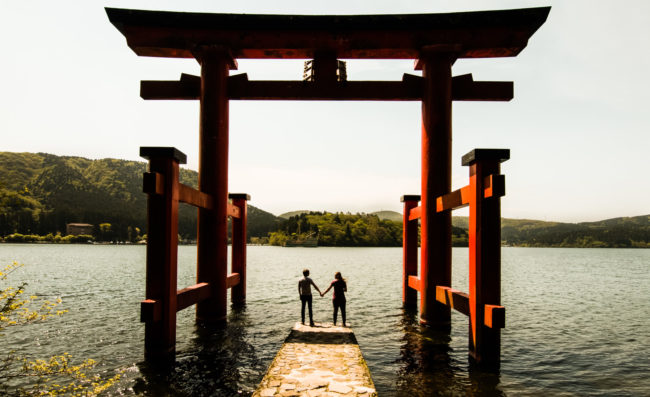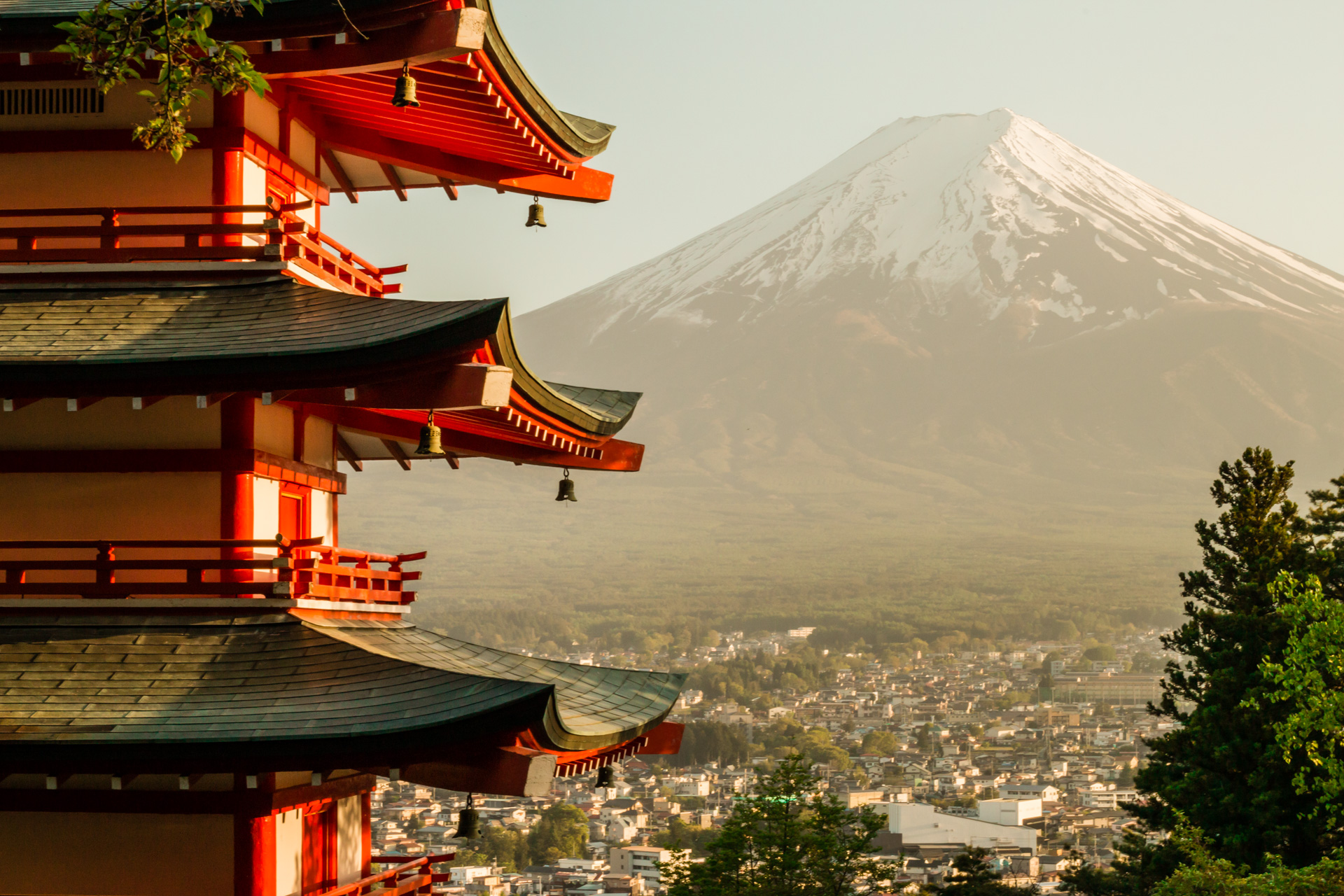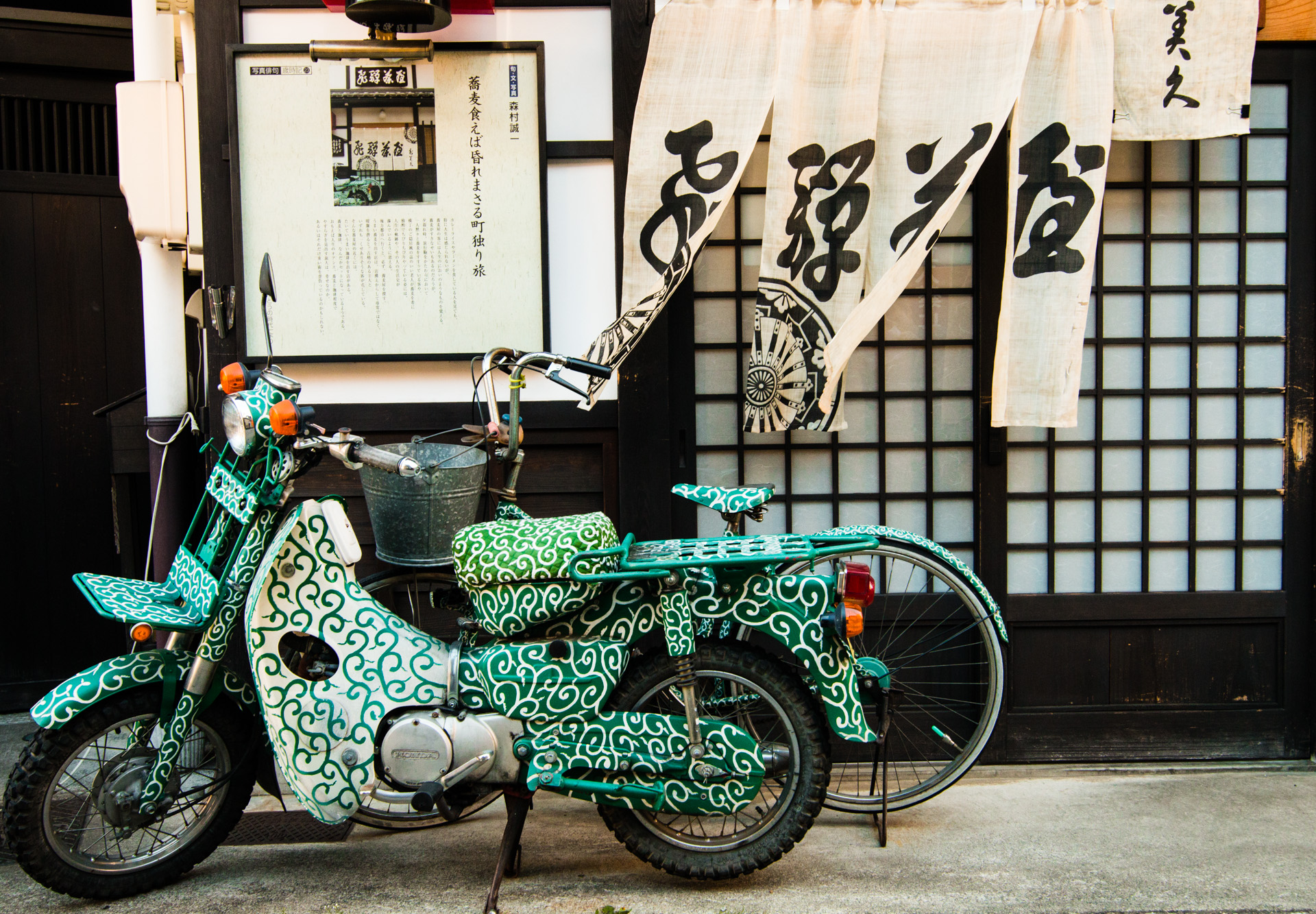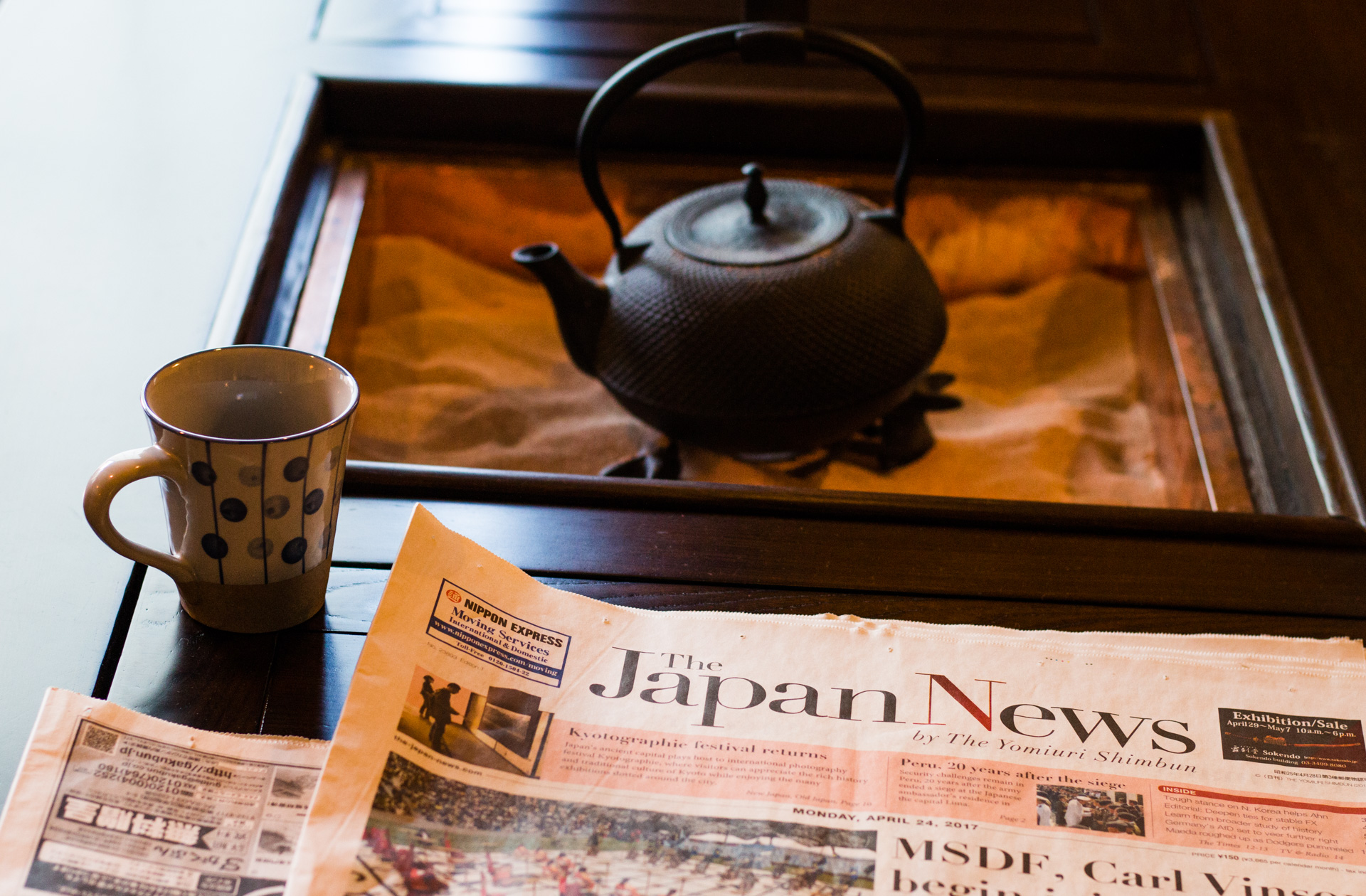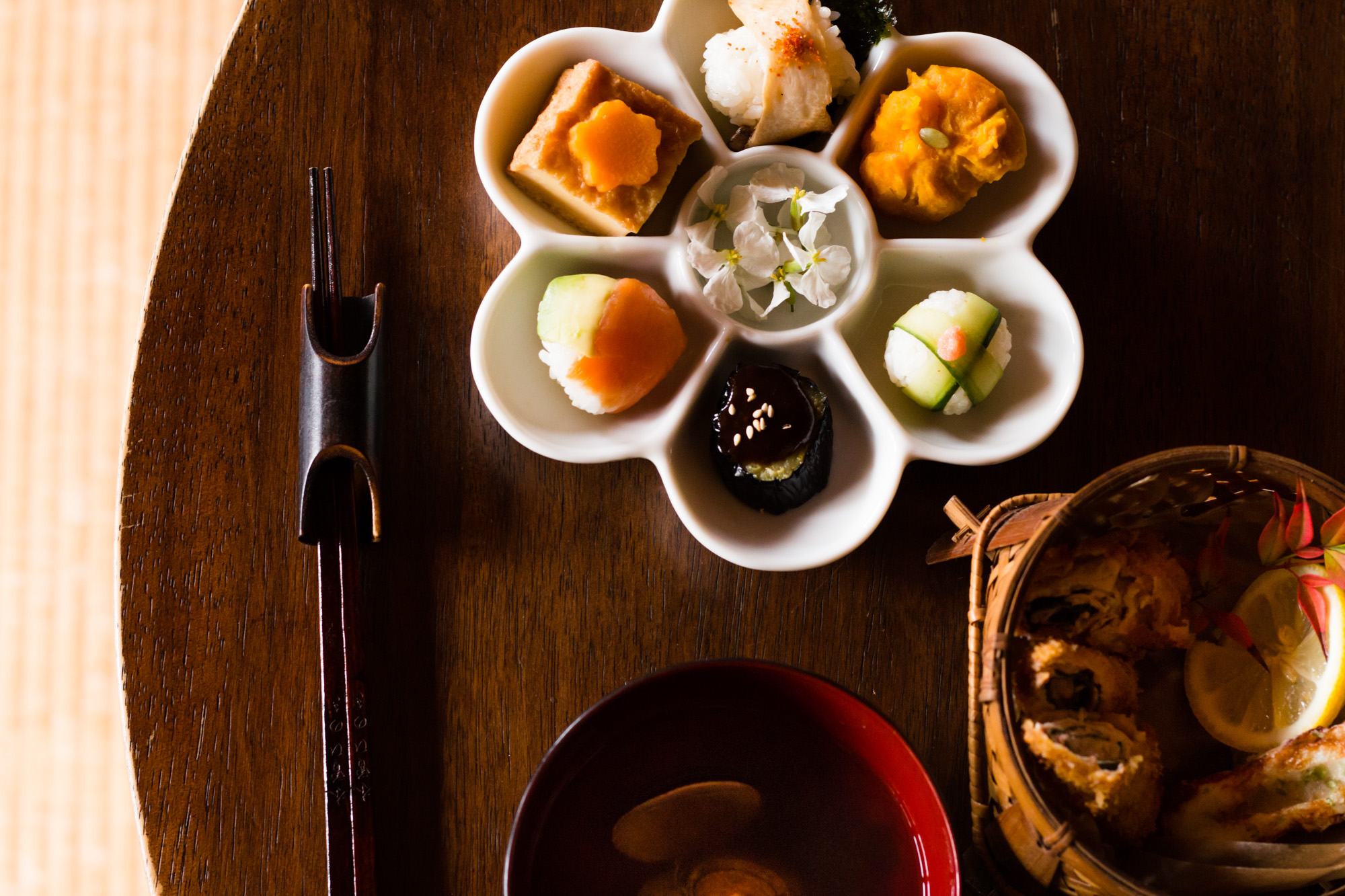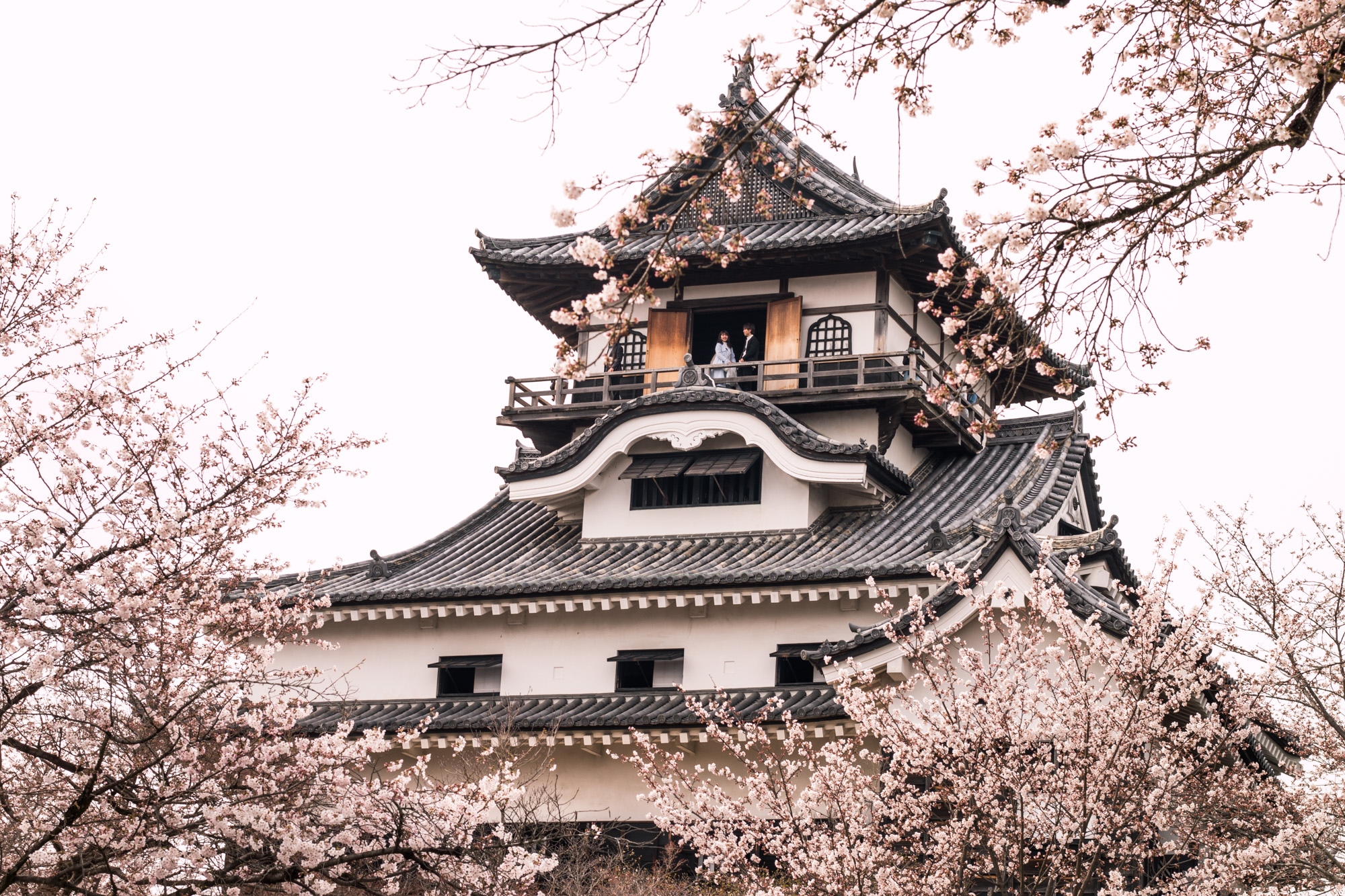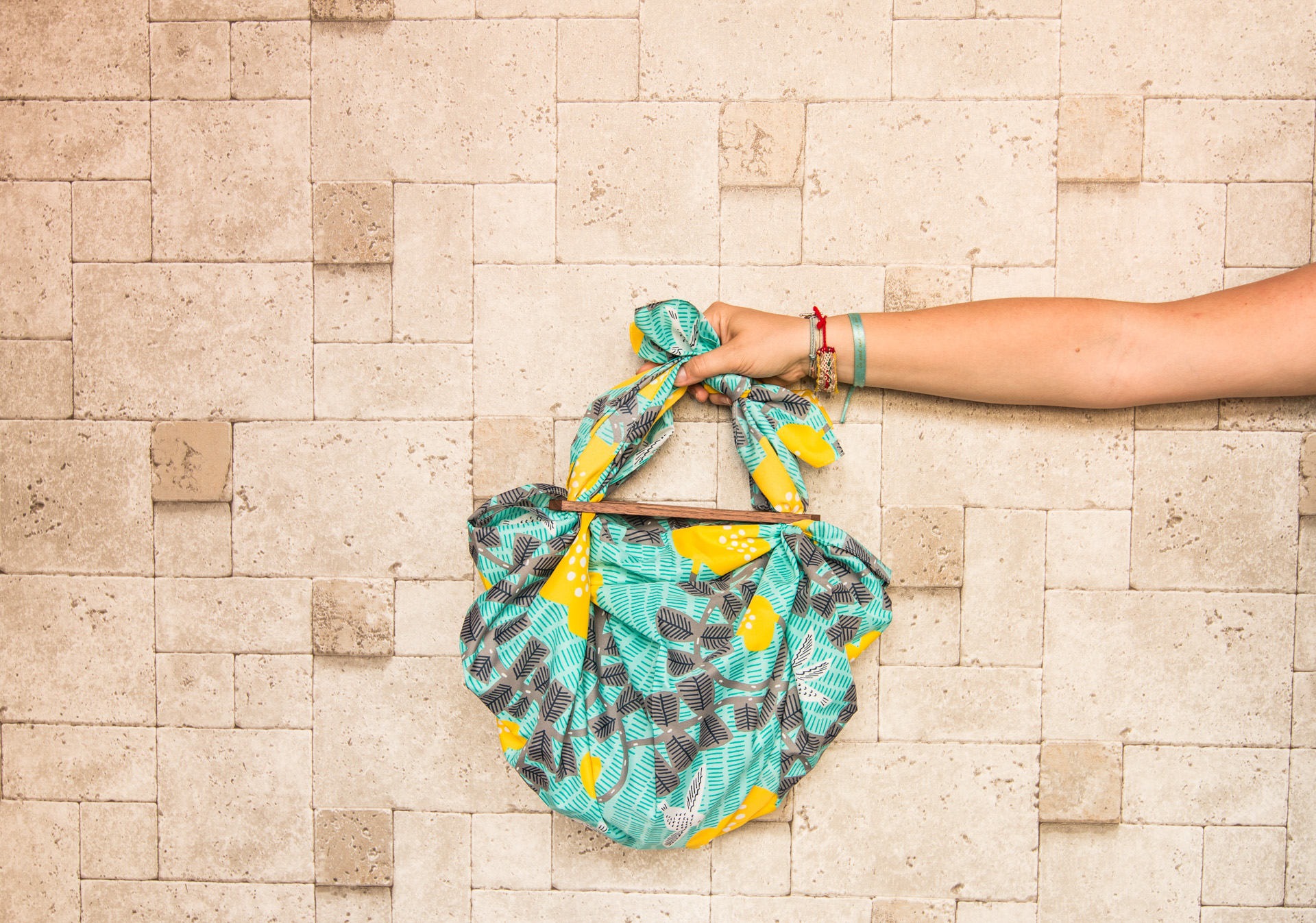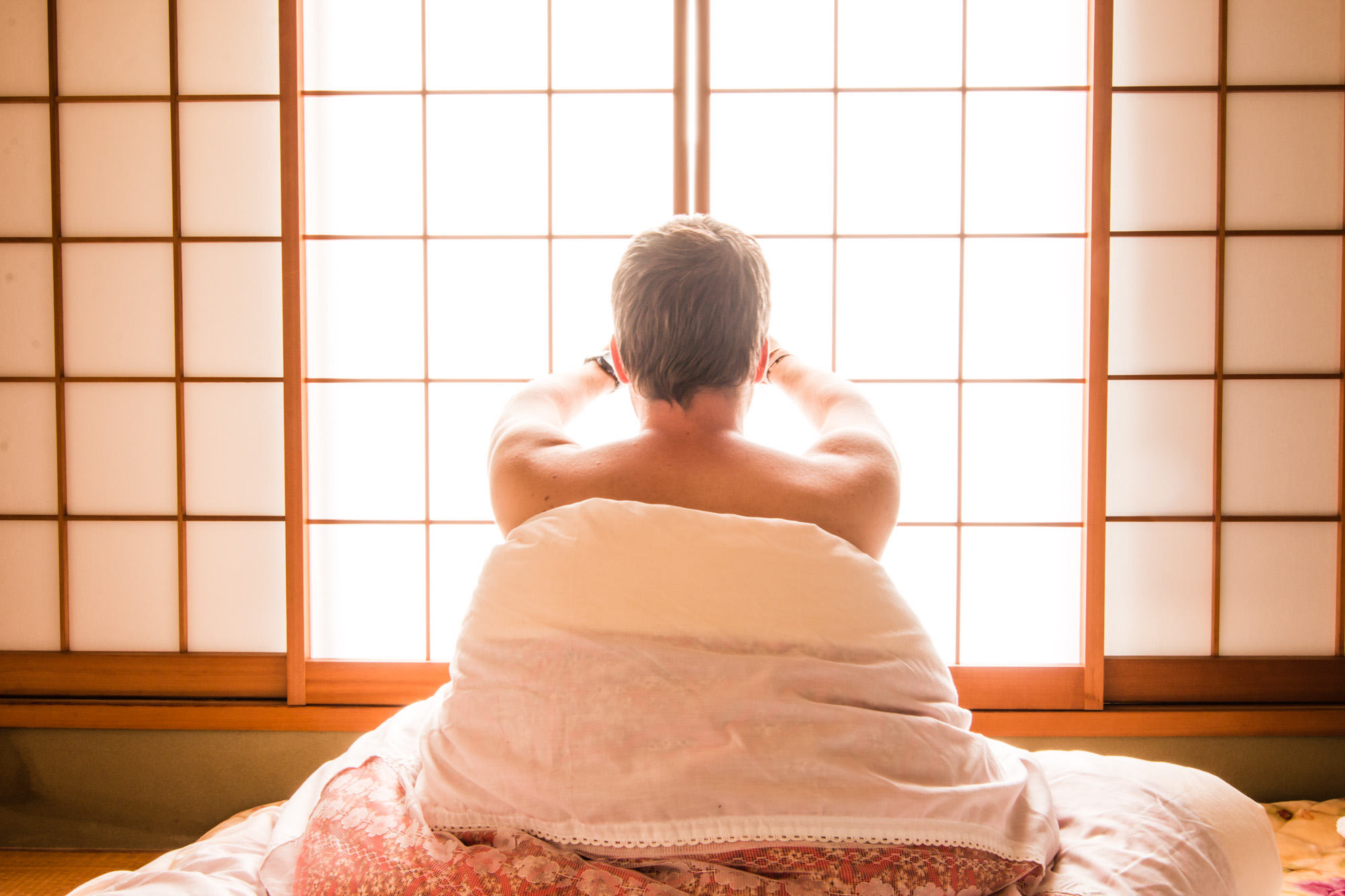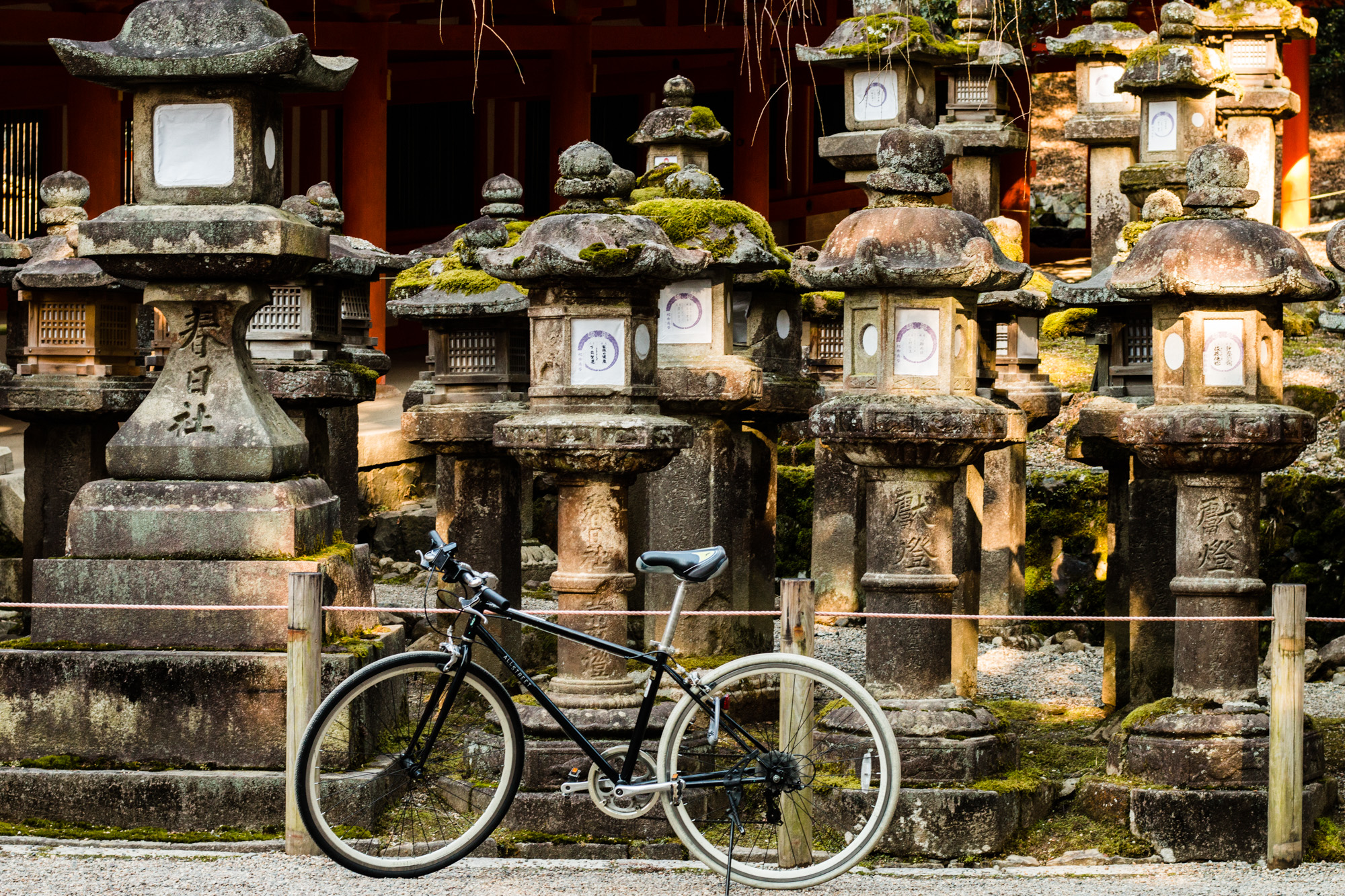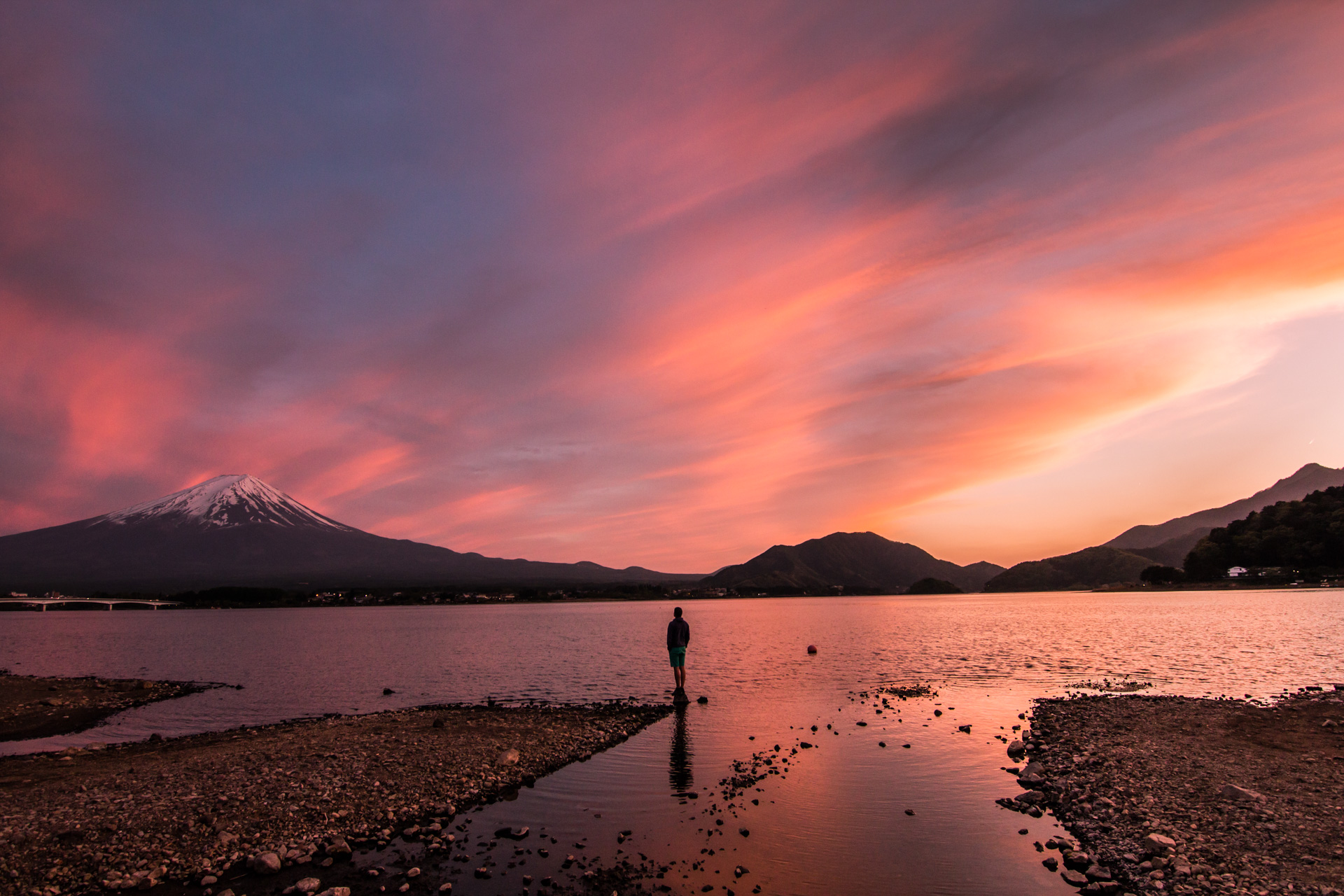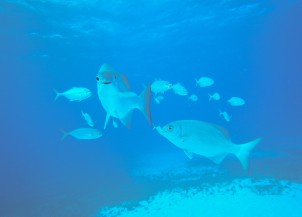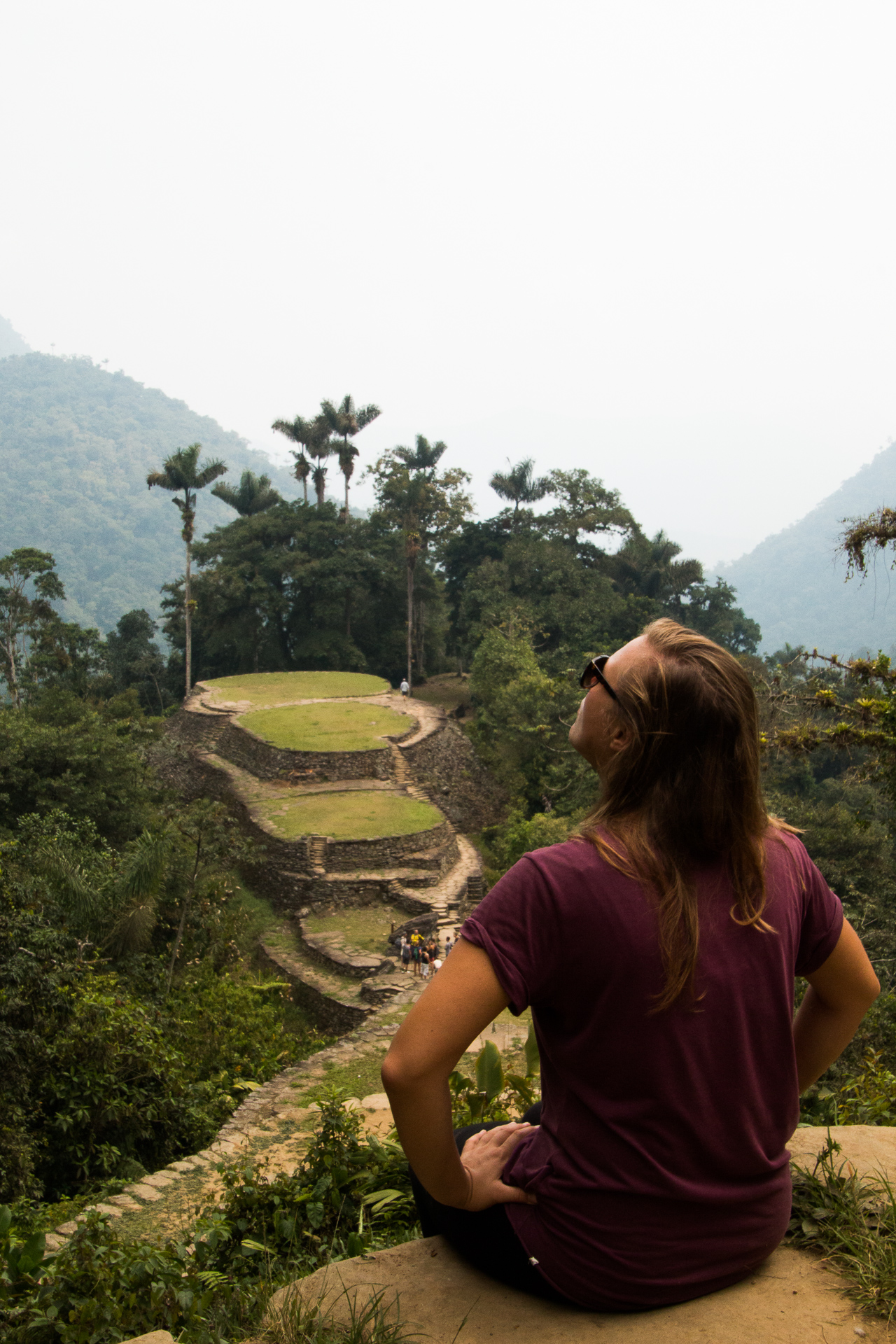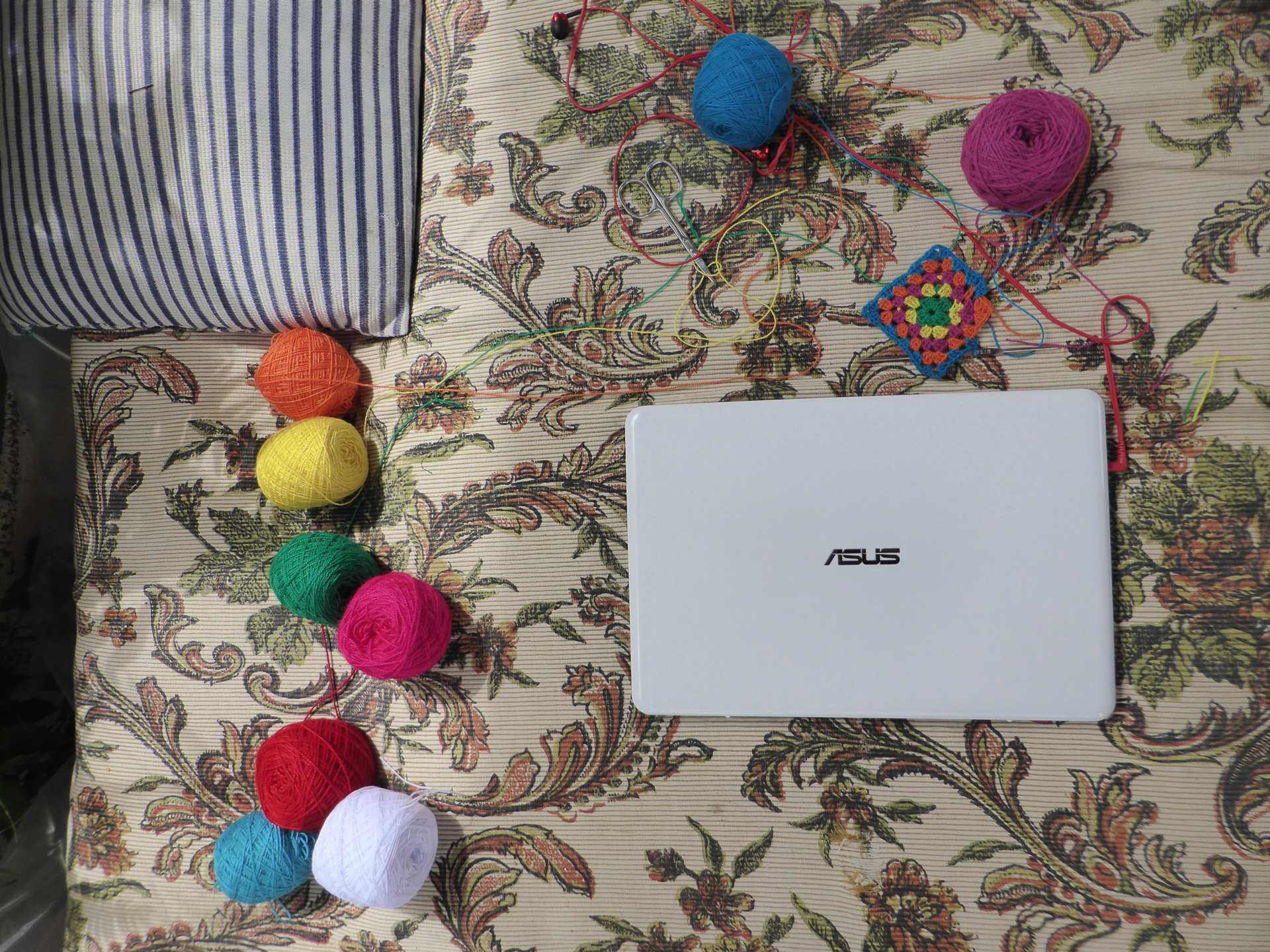The Cameron Highlands are famous for their tea plantations. Coming on the bus we saw nothing of that. To our surprise the closer we got to the area, the more strawberry farms appeared. All adjusted to Asian tourism, with massive strawberry statues and fruit menus. We saw buses unloading in front of so many of them. It was our first disappointment before we even arrived.
Where to stay?
Both of the villages (Brinchang and Tana Rata) are really not that special. Those are not coffee towns of Colombia with charming architecture and certain peace. Here there is a construction site everywhere, all concrete, all future hotels and hostels.
As a traveler you always want to be close to what there is to see, in that case to tea plantations and to be honest none of the villages will place you close to everything. The plantations and anything else that there is to see in Cameron Highlands is pretty widespread so in final end, it doesn´t matter where you stay, you will have to take a tour or a taxi anyway.
We were relieved when it turned out that our little hotel was really friendly and beautiful and Brinchang turned out to be a bit calmer than Tana Rata.
Hotel Flora Plus was situated almost at the outskirts of the village which we didn't mind, since there was little noise and food was still close by. The hotel itself had a really charming lobby filled with plants and comfortable places to sit. We also loved their quiet, spacious sitting area in the back that was just perfect for a chill out or eating your take out meal.
What to see?
Unfortunately exploring the Cameron Highlands we saw way more strawberry farms than tea plantations. It seems that those attract more Asian tourists than tea and at the end of the day, it’s all about business.
We decided to give it a chance and visit Big Strawberry Farm since it was at walking distance from our place. I wouldn’t call it a must-see. I wasn’t impressed by pots and pots of strawberries or their strawberry menu or certainly not by cheesy statues. All the other farms looked pretty much the same… So at least if you see one, you saw them all. The visit doesn’t take more than 30 minutes unless someone is very fond of screaming Chinese tourists than a visit in the café is recommended. On the bright side, entrance to the farm is free.
Tea plantations
Sungai Palas Boh Tea Estate is the most popular choice. The plantation is huge and spread all over the surrounding hills. In the middle of it all there is a building where one can explore the history of the estate and find out a bit more about tea in general. The busiest spot is definitely the terrace and the café where one can try local tea and pastries. The crowds are insane! It takes a fight to find a place and then a lot of patience to stand in the queue. And for what???? Because the tea there is not as good as assam black tea on Taiwan or even earl grey produced on Sri Lanka. To be fair the views from the terrace are spectacular.
I’m a tea lover so one plantation would not be enough. We decided to visit the Cameron Bharat Tea Plantation and this one has stolen our hearts. The tea house was maybe not as pretty as the one from the Boh Estate but the views were just as good, employees were very friendly and their chai tea was really good.
But the best part was that we had the whole estate for ourselves for hours. We could walk around between tea bushes undisturbed. For us that was the winner! 🙂
High tea
There are many places offering a high tea experience in the Cameron Highlands. But some seem not to offer really a “high” type of experience. What’s the point of going for high tea to a shabby café?
We decided to splurge in the Cameron Highlands Resort and it was as luxurious as the name could indicate. The whole hotel was stunning and brought us immediately back to the colonial past.
The tea room was exactly how I imagined a colonial manor. Rattan furniture, massive windows and lots of wood. Surrounded by lovely music we were ready to dig into our delicious scones with strawberry jam. Except for those we got some decadent pastries and lovely, tiny sandwiches. The tea was the same one we had at the Boh tea estate, not impressive but when the food is that good and the atmosphere is so lovely you can overlook that 🙂
p.s. high tea is served between 3-6 pm and costs 55 MYR (so around 11 euro) per person.
Surrounding nature
In our dreams we saw ourselves strolling through tea plantations, sitting on terraces with views on even more tea with a cup in one hand and a book in the other. In reality the tea estates were not as easily accessible as we thought and definitely not as omnipresent as we thought.
We decided to search beyond that and found out that the Cameron Highlands have much more to offer than just plantations. The only problem was that we had to take a tour simply because there are no buses or any other public transportation available. We also didn’t want to rent a taxi.
We decided to take a tour from Hill Top Tours (whole day for 98 MYR around 20 euros). We were both really happy we did that. First of all we saw rafflesias, the largest flowers on earth. I’m sure we wouldn’t be able to find them on our own in the forest even though they can grow up to 1m in diameter. We were actually very lucky, nowadays rafflesias are scarce and the flowers blooms only for few days.
Our guide didn’t know much about nature and actually many things he said were probably a creation of his imagination but I could forgive him that because he took us to a really beautiful mossy forest. We were the only people there and with a bit of mist, the forest looked like a set for Lord of the Rings.
In there I spotted many carnivore plants. Thankfully they stick to small meat like insects. They looked very innocent, hanging in between the branches of the trees.
Except for the “hidden” mossy forest we visited another one that already has the tourism infrastructure. There was a deck there leading through a less impressive, trampled down forest. It was a sad example of “before” and “after” mass tourism…
Except for those the excursion took us for a demonstration of blow pipe hunting. It was a typical touristic circle that we never really enjoy and probably never will. We also passed the Boh Tea plantation.
TIP! Since transportation in the Cameron Highlands is not that easy if you show up without your own car, we really would recommend taking an excursion. Taxi is not such a great option, simply because they tend to be more expensive and you have to pay per hour rather than for a certain route. Also when it's busy taxi drivers are very picky and prefer clients that book them for a whole day rather than an hour or two.
